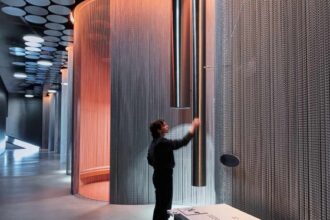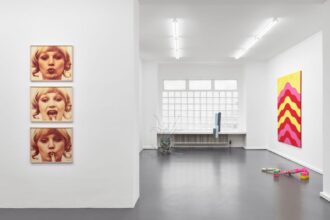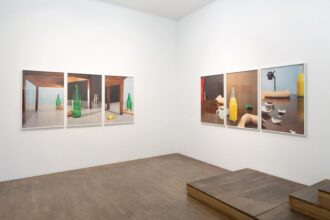Amélie Esterházy. Smells like Apophenia. KanyaKage Gallery Berlin
Seeing and recognizing patterns in otherwise random structures is called pareidolia. Pareidolia is a special form of apophenia. Apophenia stands for the human tendency to recognize random information, structures, patterns and meanings. In recognizing patterns, we recognize anomalies, i.e. homogeneous structures are related as a pattern. Deviations from this confirm nothing more than a deviation from the previous sample and thus a new sample.
There is no conception of randomness as the opposite perception of patterns and structures. The moment we can identify a new pattern that is apparently random, a new pattern, a new structure is recognized again; in the sense of the Greek word ‘chaos’, as the origin of everything.
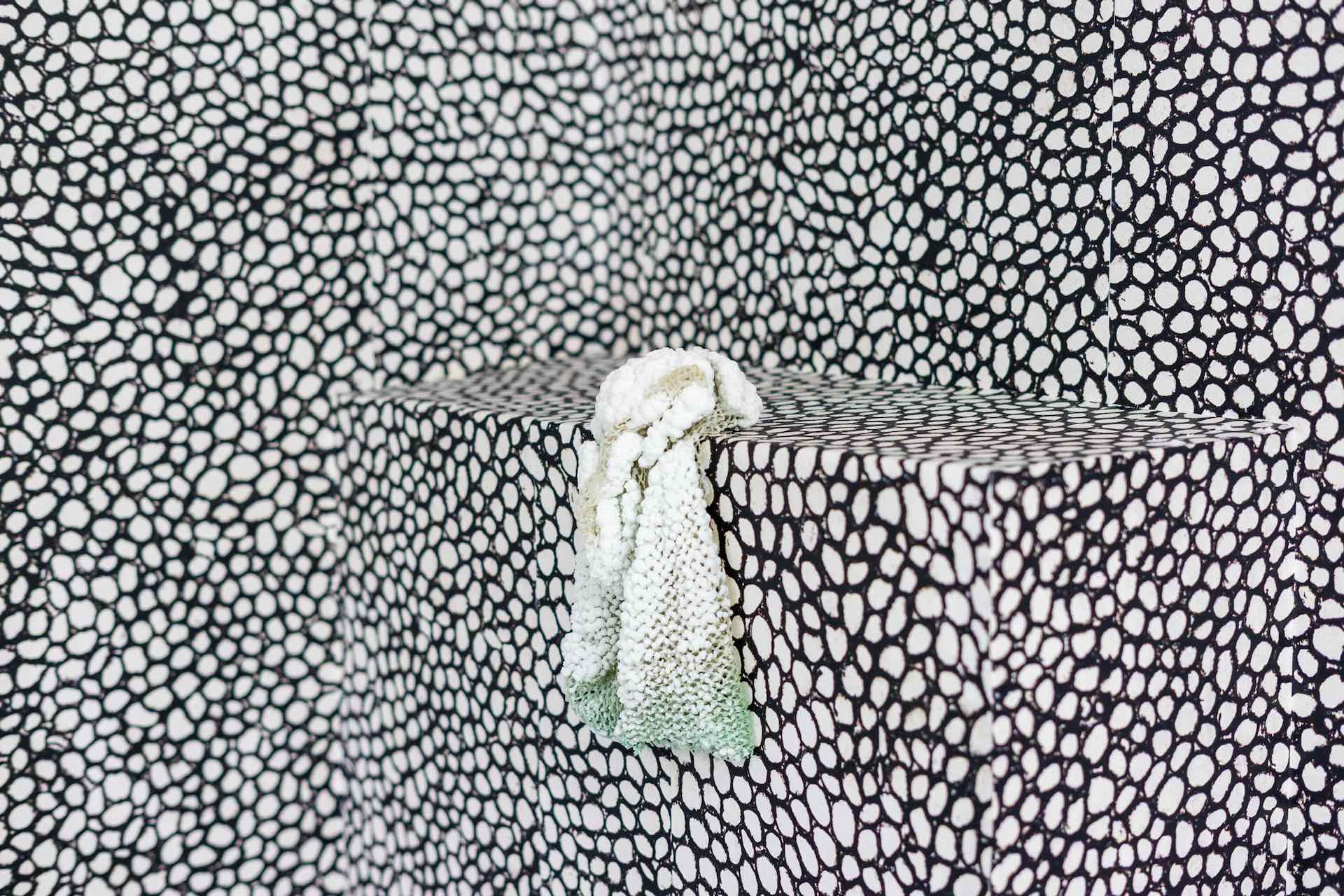
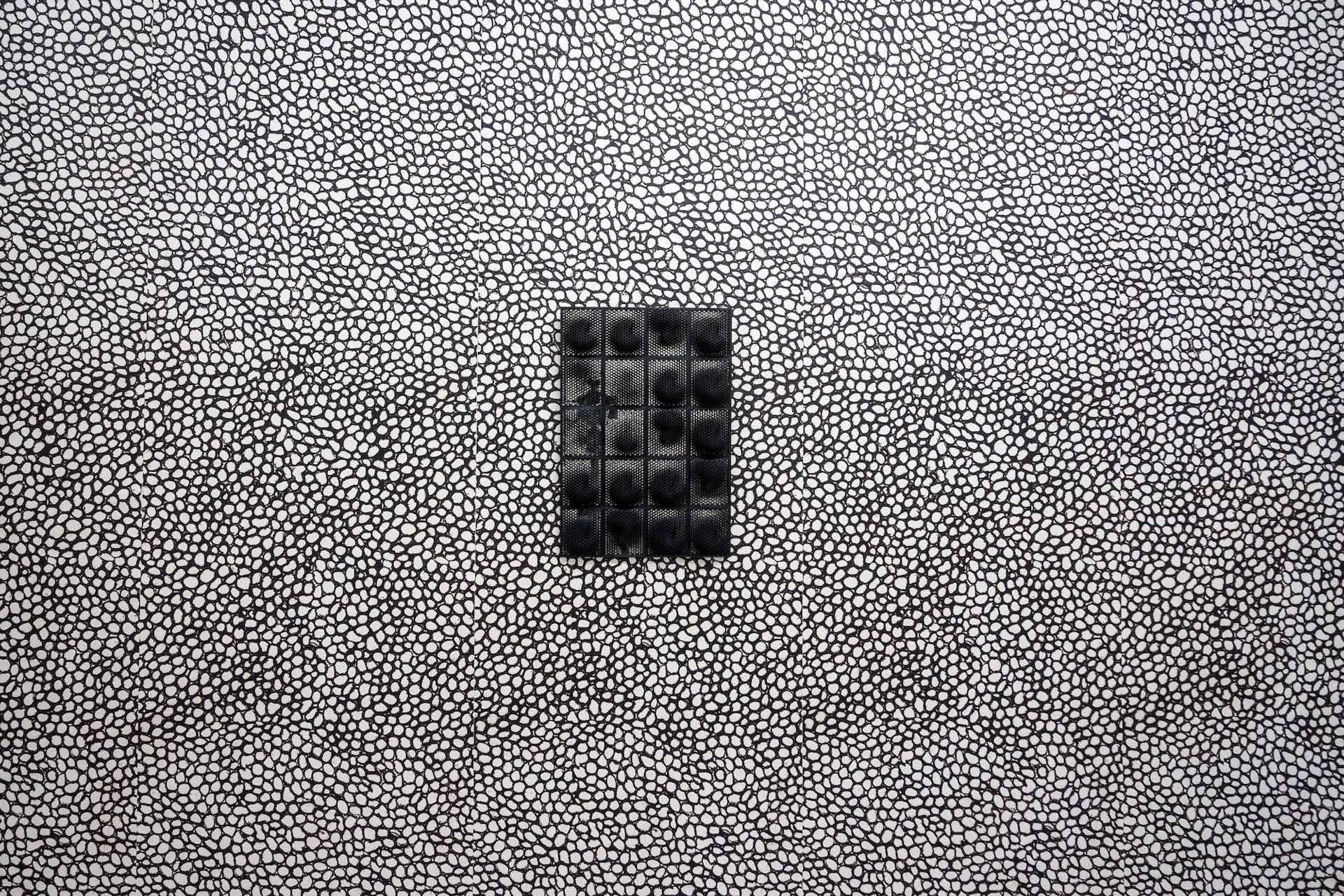

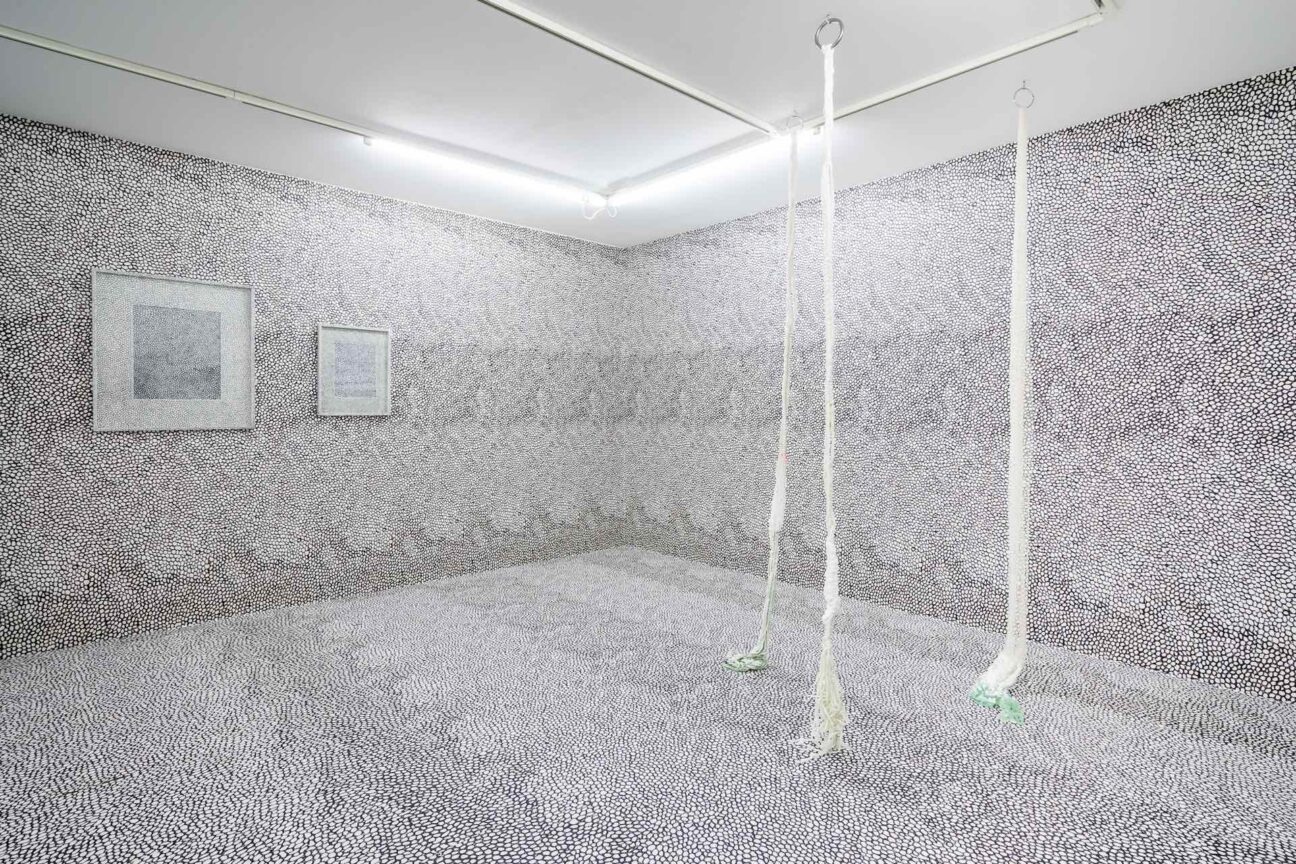
Structures that have grown harmoniously, symmetrically can be found in nature. They are the basis of all life: the microbiological composition of cells, of human, animal or unicellular life forms. Everywhere we come across recurring symmetrical structures.
The eponymous installation “Smells like Apohenia” examines the interplay between large-format digital printing, drawing and sculpture, deviations from artificial and natural growth and plays with the human tendency to provide information and meanings to optical perception.
In the works of the exhibition “Smells like Apohenia”, the relationship between individual building blocks and their inherent overall structure plays a decisive role. All works are based on individual elements. An overall structure can only be recognized by repeating these individual elements umpteen times.
until July 12, 2020

